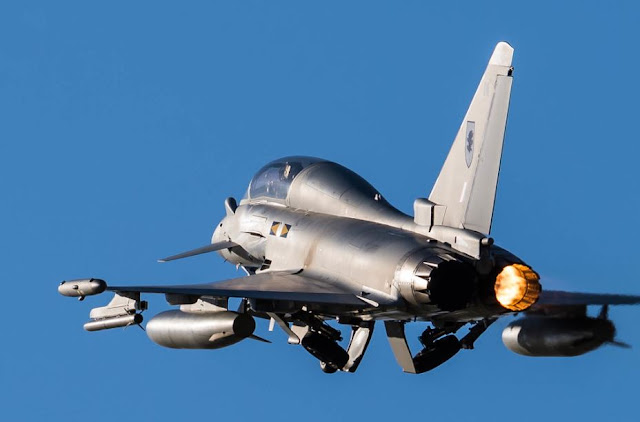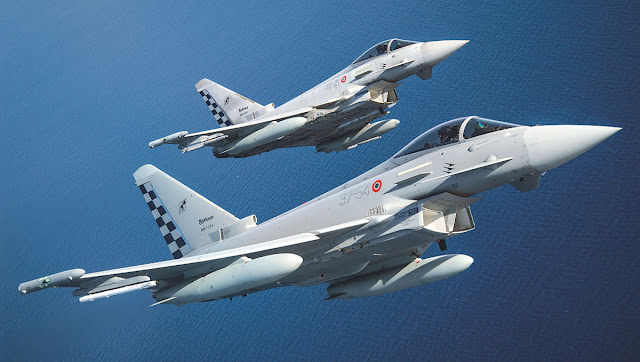The new regiment of MiG-31K missile carriers began to carry out combat training tasks
Anton Lavrov
Bogdan Stepovoy
Photo: Izvestia/Alexander Kazakov
The first air regiment equipped with Kinzhal hypersonic missiles was included in the long-range aviation. It was placed at the Savasleyka airfield in the Nizhny Novgorod region, sources in the Ministry of Defense told Izvestia. Until the end of 2022, the regiment is planned to be equipped with additional MiG-31K missile carriers. Experts note that the "Daggers" will be used to defeat the most important, best-protected targets, since the attack with these weapons cannot yet be repelled.
Distant regiment
A new separate regiment of MiG-31K, equipped with Kinzhal missiles, was deployed at the Savasleika airfield in the Nizhny Novgorod region and subordinated to the command of Long-Range Aviation, Defense Ministry sources told Izvestia. At the end of last year, a MiG-31K squadron from the 929th Main Flight Test Center was transferred to the unit. By the end of December, the new air regiment is planned to be replenished with several new missile carriers received from industry, the sources added.
In January 2022, Defense Minister Sergei Shoigu announced the creation in Russia of the first separate regiment with MiG-31K aircraft equipped with Kinzhal hypersonic missiles. Earlier, the minister said that the basis of the non-nuclear deterrence forces will be hypersonic complexes of various bases.
There have been reports of plans to deploy hypersonic Kinzhals in the Southern, Central and Western military districts, as well as in the Northern Fleet. The timing of their placement on combat duty will depend on the fulfillment of the state defense order and the training of carrier aircraft crews.
The new "dagger" aviation regiment has already begun combat training work. So, on Tuesday, February 15, MiG-31K planes landed in Syria. There they will take part in large-scale exercises in the Mediterranean. A united detachment of ocean-going ships from the Northern, Pacific and Black Sea Fleets of Russia, with the support of aviation, will work out the fight against ship groups of a mock enemy.
Rocket "Dagger"Photo: Izvestia/Alexey Maishev
For the first time, the Kinzhal complex was deployed abroad in June last year. Two MiG-31Ks flew to the Khmeimim airbase in Syria. From there, they, together with Tu-22M3 bombers, worked out the destruction of a mock enemy in the Mediterranean Sea.
In early February, eyewitnesses captured the first arrival of the MiG-31K with the "Dagger" and one of the air bases in the Kaliningrad region. The Ministry of Defense previously also reported on the testing of the complex in the Arctic.
At the Army-2021 exhibition in August last year, the Ministry of Defense signed a contract with the RAC MiG company for the repair and modernization of an unnamed number of MiG-31 aircraft into the carrier variant of the hypersonic Daggers.
For the first time, a regiment with fighters is included in the long-range aviation, the former commander of the 4th Air Force and Air Defense Army, Lieutenant General Valery Gorbenko, told Izvestia.
“MiGs with Kinzhals are designed to strike at strategically important targets,” he recalled. “They can escort long-range bombers and strike with them with Daggers. This makes it easier to plan joint actions. At the same time, MiGs will be able to cover bombers from enemy fighters. MiG-31 - supersonic, high-altitude machine. Probably, it was these motives that guided them, subordinating them to "strategists".
"Dagger" air-based
The presence of the Kinzhal complex in Russia was first mentioned by Vladimir Putin in March 2018. In the same year, it was announced that a squadron of 10 MiG-31K carrier aircraft had taken up experimental combat duty in the Southern Military District.
The complex consists of a specially upgraded MiG-31K interceptor aircraft and a 9-S-7760 missile. Its range of destruction reaches 2000 km. The speed of the ammunition created on the basis of the land-based Iskander-M in the final flight segment exceeds five speeds of sound. This allows it to be classified as hypersonic. Now it is the only aviation complex of this type in the world.
The MiG-31 fighter is used as the first stage of the rocket, lifting the 9-S-7760 into the stratosphere and accelerating to supersonic speed. The homing head allows you to hit both land and sea targets. Such a complex can be easily relocated to any airfield, which makes it a flexible non-strategic tool for responding to threats.
“The Kinzhal complex is a high-precision weapon that will be used in special cases, ” Honored Test Pilot, Hero of Russia, Colonel Igor Malikov told Izvestia. - The complex operates simply: the MiG-31 accelerates to the desired speed, after which it launches the "Dagger", then the missile goes alone. This fighter was chosen as a base for a hypersonic missile as an aircraft with good speed characteristics.The blow of the "Dagger" is impossible to reflect, which makes it an important type of weapon from a strategic point of view. For him, especially important targets will be chosen. Rockets are very accurate; this makes it possible to use them against objects in densely populated areas. A strike with such a missile will cause minimal damage to other buildings and structures, which will save the lives of ordinary people. For this reason, it is also suitable for fighting terrorists. In order for the "Daggers" to work on ships, they need an appropriate homing head.
The regiment "Daggers" is already a serious unit. It needs not only the MiG-31 and Kinzhal missiles, but also the corresponding infrastructure - maintenance systems, arsenals, warehouses with spare parts. Without all this it is impossible, added Igor Malikov.
Earlier, Izvestia reported that the infrastructure for the VKS units that will receive the Kinzhals is already being equipped. Arsenals for storage and sites for repair, maintenance and testing of hypersonic missiles are being prepared in several regions of Russia.
During the first year of trial operation of the Kinzhal complex, the military reported on more than 380 patrol flights over the Black and Caspian Seas of the experimental squadron. Subsequently, the defense department reported several launches of "Daggers" during major exercises. Aircraft on them acted jointly with the Su-57 and long-range bombers of strategic aviation.






















